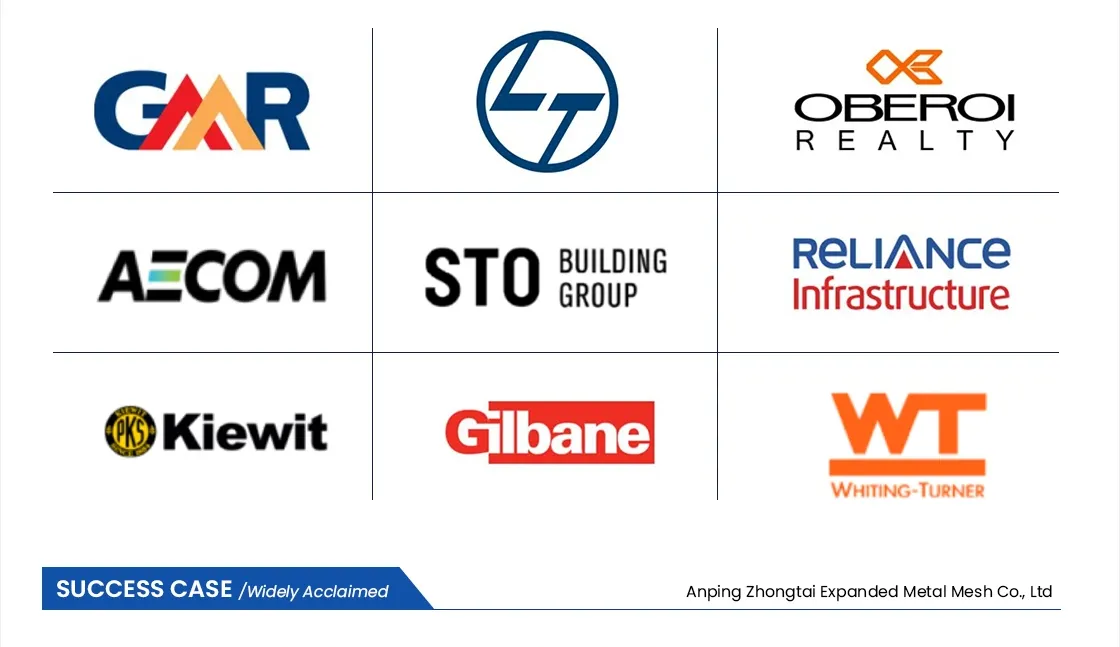Acoustic Barriers Reducing Noise Pollution in Urban Areas
In recent years, urban areas have become increasingly congested, leading to a higher prevalence of noise pollution. Noise emitted from traffic, construction, and industrial activities can have adverse effects on public health, environmental quality, and overall quality of life. To combat these issues, many cities have turned to acoustic barriers as a practical solution for reducing noise levels. This article explores the concept of acoustic barriers, their types, materials used, their effectiveness, and their importance in urban planning.
Understanding Acoustic Barriers
Acoustic barriers, also known as sound barriers or noise barriers, are structures designed to shield sensitive areas from intrusive noise. They are typically installed along highways, railways, and industrial sites to mitigate the transmission of sound waves generated by vehicles, trains, and machinery. By creating a physical obstruction, these barriers can effectively reduce the intensity of noise pollution reaching neighboring communities.
Types of Acoustic Barriers
Acoustic barriers can be classified into two main types absorptive and reflective. Absorptive barriers are constructed from materials that absorb sound waves, thereby decreasing the amount of noise that is reflected back towards the source. These barriers are often made from porous materials, such as fiberglass or special acoustic panels.
Reflective barriers, on the other hand, are designed to bounce sound waves away from adjacent areas. These barriers are typically made from dense materials such as concrete or brick. The effectiveness of a reflective barrier is largely determined by its height and length, as well as its positioning concerning the noise source and the receiving area.
Materials Used in Acoustic Barriers
acoustic barriers

The choice of materials for acoustic barriers is crucial to their performance. Common materials include concrete, wood, vinyl, metal, and specialized composites. Concrete and masonry are popular choices due to their durability and high density, which provide excellent sound insulation. Wooden barriers offer a more aesthetically pleasing option and can blend seamlessly with natural landscapes. Meanwhile, vinyl barriers are lightweight, easy to install, and resistant to wear, making them suitable for diverse weather conditions.
Innovative materials, such as recycled plastics and specially designed foam composites, are also gaining traction as sustainable alternatives. These materials can be engineered to enhance sound absorption while minimizing environmental impact, aligning with the growing emphasis on eco-friendly construction practices.
Effectiveness of Acoustic Barriers
The effectiveness of acoustic barriers is influenced by several factors, including their height, length, thickness, and the frequency of the sound being blocked. A properly designed acoustic barrier can reduce noise levels by as much as 10 to 15 decibels, which is significant enough to alleviate disturbances in nearby residential areas. However, it is important to note that barriers are most effective when they block the direct line of sight between the noise source and the receptor. Proper initial assessments and simulations can help determine the best placement and design to achieve optimal results.
Importance in Urban Planning
Incorporating acoustic barriers into urban planning processes is increasingly vital as cities continue to expand. As populations grow and infrastructure develops, the potential for noise pollution rises. By proactively addressing this issue, urban planners can promote healthier living environments and enhance the quality of life for residents. Beyond mere noise reduction, well-designed acoustic barriers can enhance urban aesthetics and act as green spaces when integrated with landscaping.
In conclusion, acoustic barriers play a crucial role in mitigating noise pollution in urban environments. By understanding their design, material composition, and effectiveness, city planners and policymakers can implement these structures to protect community well-being. As the challenge of noise pollution continues to evolve, acoustic barriers will remain an essential tool in fostering a tranquil and harmonious urban atmosphere. Through continued innovation and application, we can work towards quieter, healthier cities for the future.
-
The Strength and Versatility of Aluminum Expanded Metal Mesh
NewsJun.10,2025
-
Safety Guards and Machine Enclosures Using Expanded Mesh
NewsJun.10,2025
-
Performance with Round Hole Perforated Mesh in Wall Panels
NewsJun.10,2025
-
How Steel Grating Trench Covers Distribute Weight Efficiently
NewsJun.10,2025
-
How Deck Mesh Railing Enhances Backyard Aesthetics
NewsJun.10,2025
-
Comparing Bar Thickness and Spacing in Steel Grating
NewsJun.10,2025
Subscribe now!
Stay up to date with the latest on Fry Steeland industry news.

